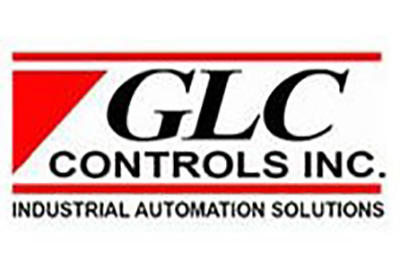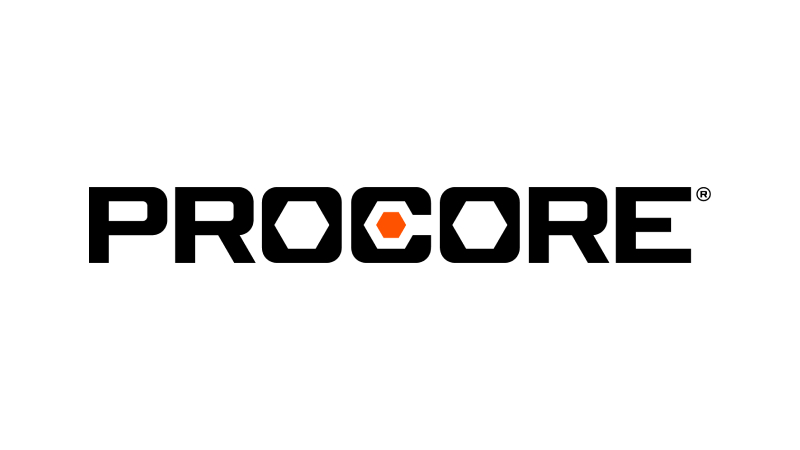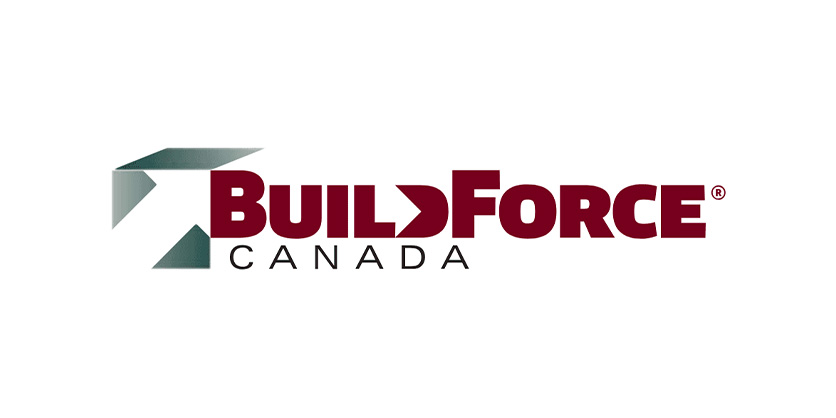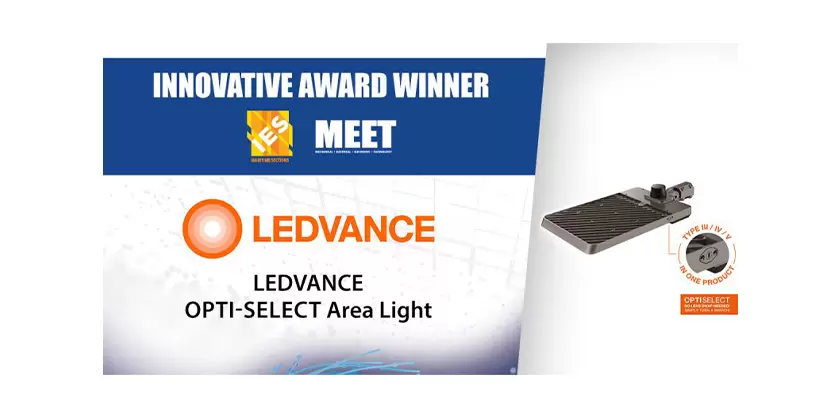Guide to the Canadian Electrical Code, Part I: Section 28

Feb 1, 2021
By William (Bill) Burr
Rule 28-000 – Scope states that Section 28 – Motors and Generators is a supplementary or amendatory section of the code and provides additional and specific requirements for the installation, wiring methods, conductors, protection, and control of all motors and generators. Appendix B contains important additional helpful notes, and the CEC Handbook contains helpful information on determining conductor sizes and protection ratings.
General
This section is divided into several parts, with rules 28-010 to 28-016 applying to all motors and generators, and additional parts that deal with specific installation, protection, control and particular motor applications and generators.
Rule 28-010 – Special terminology has definitions for terms specifically used in this section:
Locked rotor current rating — usually marked on the equipment or deemed equal to 6 times full load current or as per Table 44 or 45.
Non-continuous duty motor — a motor having characteristics or ratings described as Short-time duty, Intermittent duty, Periodic duty, and Varying duty.
Rated load current — marked on a hermetic motor compressor to ascertain wiring, protection, and control for the unit.
Refrigerant motor-compressor — an appliance consisting of a refrigerant gas compressing section and a motor that may include a terminal box, cover, and other electrical components such as starting and overload components, heaters, fans, or electronic controls.
Refrigerant motor-compressor, hermetic — a refrigerant motor-compressor in which the refrigerant gas compressing section and motor are enclosed in the same housing.
Refrigerant motor-compressor, semi-hermetic – a refrigerant motor-compressor in which the refrigerant gas compressing section and motor are each enclosed in separate housings.
Service
Continuous duty service — application where the motor can operate continuously with load.
Non-continuous duty service — a motor with short-time, intermittent, periodic or varying duty as per Section 0 definitions.
Service factor — a multiplier applied to the rated horsepower of a motor or generator indicating the permissible continuous loading at rated voltage and frequency.
Rule 28-012 provides for the guarding of live parts of motors and controllers and conditions where live parts may be exposed.
Rule 28-014 describes methods of guarding motors having exposed live parts.
Rule 28-016 outlines ventilation methods to prevent overheating of motors, including using suitable enclosed motors in dust or flyings situations where ventilation is not possible.
Wiring methods
Rule 28-100 and Rule 28-102 state that all wiring methods for stationary motors follow the requirements of Section 12 or Section 36, and that portable motors may be wired with a minimum type S flexible cord.
Rule 28-104 outlines the use of Table 37 to determine the insulation temperature rating and ampacity of motor supply insulated conductors.
Rules 28-106 to 28-112 outline the use of Table 27 to determine the ampacity rating of insulated conductors supplying individual motors, two or more motors, or feeder and secondary insulated conductors. A chart in Appendix B will help with these calculations.
Overcurrent protection
Rule 28-200 provides the requirements for motor branch circuit overcurrent protection and requires that each ungrounded conductor of a motor branch circuit shall be protected by an overcurrent device in accordance with Subrules (2) to (5), including references to Table 29. In addition, Appendix B and Figure B28-1 contain a diagram of circuits, control, and protective devices for motors which you will find invaluable in determining the requirements for the type and rating of conductors, control, protection, and other elements of motor circuits.
Rule 28-202 requires that, notwithstanding the options in 28-200 above, if the characteristics and ratings of the branch circuit overcurrent protection devices for motor control equipment are marked on the equipment, they shall not be exceeded.
Rule 28-204 specifies the conditions and methods for rating and setting feeder overcurrent protection.
Rule 28-206 permits the grouping of motors on a single branch circuit overcurrent device under the conditions outlined in subrules (a) to (f).
Rule 28-208 prohibits the size of fuseholders smaller than the maximum rating in Table 29 except under the conditions outlined in subrules (a) to (c).
Rule 28-210 governs the use, rating, and adjustment of instantaneous-trip circuit breakers for branch circuit protection.
Rule 28-212 permits the use of semiconductor fuses that are integral to an approved controller.
Overload and overheating protection
Rule 28-300 requires that, in addition to overcurrent protection as outlined in the rules above, the branch circuit conductors and control equipment of each motor, except with the conditions under 28-308 below, must have overload protection.
Rule 28-302 outlines the types of overload protection devices or fuses to be used.
Rule 28-304 prescribes the number and location of overload devices required, whether fuses or other devices, as specified in Table 25, are used. The note in Appendix B regarding the location of overload devices for three-phase motor circuits provides additional information.
Rule 28-306 provides that the rating or trip selection of overload devices shall be set for the service factor marked on the motor or 115% of full load current if not marked.
Rule 28-308 allows that overload protection for motors is not required under the conditions outlined in subrules (a) to (c).
Rule 28-310 permits the shunting of overload protection during the starting period of the motor provided that the overcurrent device is maintained throughout and the overload protection is restored to the circuit after the starting period.
Rule 28-312 prohibits automatic restarting of a motor after an overload shutdown to prevent injury to persons.
Rules 28-314 to 28-318 provides that overheating protection is required for each motor, the types of overheating protection required, and conditions where overheating protection is not required.
Undervoltage protection
Rule 28-400 states that undervoltage protection is required for motors to prevent hazards on restart either by low-voltage protection or low-voltage release depending on conditions outlined in Subrules (a) or (b).
Control
Rule 28-500 specifies that a motor starter or controller is required with a horsepower rating not less than that of the motor and need not be the disconnecting means of the motor. Subrule (3) provides exemptions to this rule for specified applications.
Rule 28-502 requires the motor control to be in a location suitable to prevent accidents due to contact of persons with live or moving parts, or to allow the machine to be stopped in an emergency.
Rule 28-504 requires that for starters having different running and starting positions the construction must not allow remaining in the starting position.
Rule 28-506 specifies that no accidental grounded control circuit conductor can cause the motor to start or prevent the stopping of the motor by a safety device.
Disconnecting means
Rule 28-600 requires that each motor branch circuit, starter or controller, and each motor be provided with a separate disconnecting means. A single disconnecting means may serve more than one function or motor grouped on a single branch circuit.
Rules 28-602 and 28-604 provide for the types, ratings, application, and location of disconnecting means depending on the conditions outlined in Subrules 28-604 (1) to (7).
Refrigerant motor-compressors
Rules 28-700 to 28-714 apply to refrigerant motor compressors, including hermetic refrigerant motor-compressors, and semi-hermetic refrigerant motor-compressors, hereafter referred to as motor-compressors, and supplement or amend some of the other rules of this section. There are separate rules for marking, horsepower rated equipment, insulated conductor ampacity, overcurrent protection, overload protection, control equipment, and disconnecting means for motors in this application.
Multi-winding and part winding-start motors
Rule 28-802 states that where the windings are in a permanent connection configuration, the motor is treated as a single winding motor.
Rules 28-804 to 28-812 provide for selecting the insulated conductor sizes, overcurrent protection, overload protection, control and disconnecting means for multi-winding and part winding-start motors.
Protection and control of generators
Rule 28-900 specifies the configuration and provision of disconnecting means required for generators and all control apparatus and protective devices.
Rule 28-902 outlines the required protection for constant-voltage generators with noted exceptions.
Rule 28-904 requires a generator not driven by electricity supplying a 2-wire grounded system to have a protective device that disconnects both insulated conductors.
Rule 28-906 requires balancer sets to have protective devices to disconnect the system in the case of an excessive unbalanced voltage.
Rule 28-908 provides requirements for circuit breakers and tripping elements on three-wire dc generators.
In the next instalment, we will be discussing Section 30 – Installation of Lighting Equipment.
* The source for this series of articles is the Canadian Electrical Code, Part I, published by CSA.
William (Bill) Burr is the former Chair of the Canadian Advisory Council on Electrical Safety (CACES), former Director of Electrical and Elevator Safety for the Province of BC, and former Director of Electrical and Gas Standards Development and former Director of Conformity Assessment at CSA Group. Bill can be reached at Burr and Associates Consulting billburr@gmail.com.









![Guide to the Canadian Electrical Code, Part 1[i], 26th Edition– A Road Map: Section 12](https://electricalindustry.ca/wp-content/uploads/2022/11/Guide-CE-Code-2.png)






